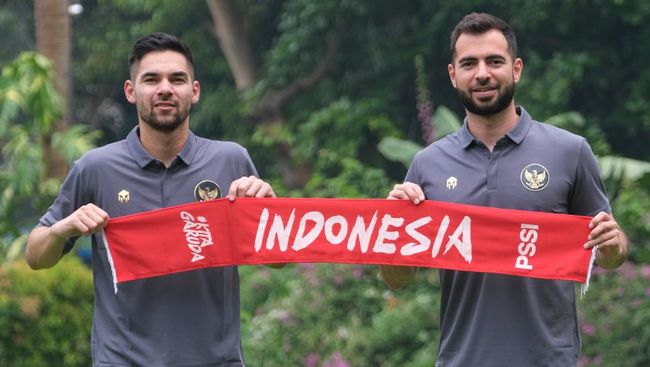In India, the spread of a virus that has already caused the death of over 150,000 cows is worrying, seen as a skin disease without specific treatment threatens this animal sacred to Hinduism, unleashing the anger of many.
Thousands of orthodox Hindus took to the streets in the northern state of Rajasthan last September to demand urgent action to save the life of this animal, which they consider a mother and which also carries 330 million deities within it, after it was slaughtered in slaughterhouses images with thousands of dead cow deities had been disclosed.
The protest, which degenerated into clashes with the police, was largely conducted by militants of the Hindu nationalist Bharatiya Janata Party (BJP), the formation of the Indian prime minister, Narendra Modi, who accused the regional opposition government.
More than 150,000 dead cows
The culprit is an outbreak of lumpy skin disease that has already infected more than 2 million cows and killed more than 150,000, Deputy Commissioner of the Indian Department of Animal Husbandry and Dairy Products, Sujit, confirmed to EFE Nayak.
This disease is caused by a provirus and is considered endemic in several parts of Africa. It can cause the death of cattle, although its major impact is more associated with a decrease in fertility and milk production.
The disease manifests itself in the form of nodules on the animal’s skin, mainly on the head, limbs, udders and genitals, which later develop into deep wounds. Its contagion through vectors such as mosquitoes increases during periods of rain.
Looking for a vaccine
The lack of a vaccine to help stop the spread of this virus has led the health authorities to provisionally administer the goat vaccine, which is applied to goats and sheep, and whose effectiveness is close to 80%, he explained to EFE the Deputy Director of the Veterinary Research Institute (IVRI), KP Singh.
In this way, “if vaccinated cows become infected, they will show only mild symptoms” and buy time until a specific native serum is developed, which is assumed to be ready within three to six months, said the expert.
Singh warned that “a detailed study of this disease is needed,” as what is known “is insufficient” to determine whether it can be transmitted to humans or other animals, even if adequate treatment and vaccines are provided. cows, the mortality rate is reduced by between 5 and 10%, he assured.
Lack of attention
Although, once again, what this disease has brought to light is that although cows are sacred to Hinduism, their care is poor, and it is common to see them wandering skeletal in traffic or on the streets, stopping at graze in the garbage.
Society is “not fulfilling its duty to protect our mother cow the way it should”, with cows “roaming around and foraging in piles of rubbish for food,” Prem Pandit, the head priest of a Hindu temple located in the middle of a “gaushala” or cowshed.
This shelter, located south of New Delhi, provides food and daily medical care to more than 1,500 cows rescued from the streets or adopted by the center when Indian families abandon them when they stop producing milk and slaughter is banned.
Almost all the cows in this shelter have received the goat vaccine and have so far not recorded any outbreak of lumpy skin disease, despite being aware of the seriousness that an outbreak could cause in the centre, with no infrastructure to isolate the infected.
Few “understand their responsibility” to watch over the life of India’s holiest animal, “while others are negligent,” the priest lamented.


